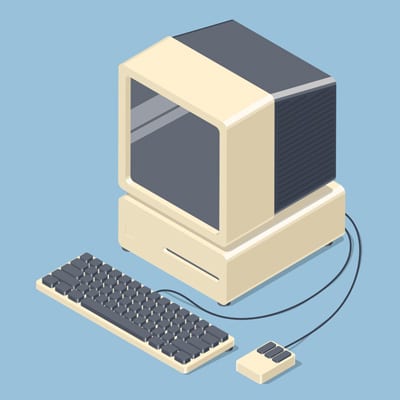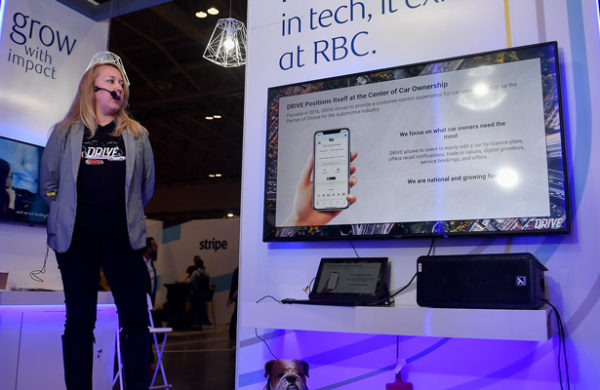
Home computers today contain a variety of programs and hardware capable of doing a number of things. Older computers, especially the 8-bit models from the 1980s, didn’t have nearly as many functions and features. However, these computers are now collected by those interested in technological history. They show how far technology has come in just a few decades.
Atari is one of the largest names associated with 8-bit computers. They began manufacturing these computers in 1979 and continued up until 1992. Their models were the first computer for many a gamer alive during this time. They also released several different home video game consoles, but their 8-bit computers are more popular today.
The company released the Atari 800 and the Atari 400; the only difference between the two home computers was the amount of memory. They also released the more expensive Sweet 8 and Sweet 16 models, with more memory than earlier models. The 1200XL contained 64 KB of memory, a new keyboard and a cable port. Other 8- bit computers released by Atari included the 800XL, 130 XE, 65XE and the 800XE, which was only available in Europe. These machines were often listed as game consoles rather than computers.
The Commodore 64 was another popular 8-bit computer, which came out in 1982. Also known as the C64, it had 64 KB of memory, strong graphics, and was compatible with over 10,000 different software and game products. It was the best selling 8-bit computer of all time. The Commodore PET was a similar model, primarily used by businesses and schools as an educational tool. They also released the Commodore MAX and SX-64.
Another 8-bit computer was the Sinclair ZX81, also released as the ZX Spectrum in the United States. The computer had a large amount of memory, but was never seen as a real competitor to Atari and Commodore. The Tandy Company also released several 8-bit computers during this time period, all of which were available only through Radio Shack, which the company also owned. These computers were also known as CoCos, for Color Computer, and came with 4 KB of memory, an Apple II processor and played different games.
The Fujitsu FM-7 also came about at this time and was built around a Motorola processor. Some shoppers also picked up the APF Imagination Machine, though this was more of a game console than a personal computer. Other 8-bit computers released during the early 1980s included the Apple II, the TRS-80, the Interact and the portable TRS-80. The TRS models were a continuation of the computers manufactured by the Tandy Company.
The 8-bit computers released by Atari are discussed at Atari 8 Bit Family, while the Commodore 64 is discussed at Commodore 64, C64, Old Computers-Commodore 64 and Lemon-Commodore.
Information on the Sinclair 8-bit computers including photographs are shown at Sinclair Research, Sinclair ZX Spectrum and Timex Sinclair.
A few other websites discuss classic 8-bit computers that weren’t quite as feasible. 8 Bit Database Software, Classic Gaming Museum, Obsolete Technology and The 25 Greatest PCs of All Time all contain examples of classic 8-bit computers, their processing information, statistics and photographs, and advertising for those older computers.
Meeting Tomorrow allows organizations and businesses nationwide to rent laptops, computers, projectors and screens, PA/sound equipment, microphones and more. We seek to make audiovisual technology accessible and easy to use for everyone.


